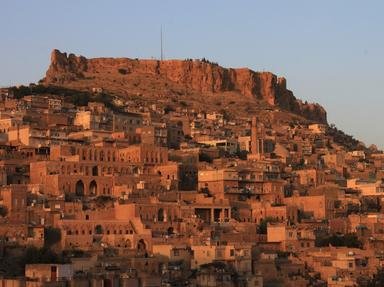Quiz Answer Key and Fun Facts
1. The Mesopotamian civilization appears to have risen in the valley between what two rivers?
2. The word Mesopotamia, which means "between the rivers", comes from what language?
3. The founders of the Mesopotamian civilization are called:
4. All of the following are examples of Sumerian city-states EXCEPT:
5. What was the name of the famous Akkadian king, who conquered Sumer and extended his empire around 2340 B.C.?
6. What important event happened in Mesopotamian history about 2125 B.C.?
7. The Sumerians (along with their Semetic successors) believed in gods in the shape of animals.
8. Which of the following statements is NOT true about slavery in Mesopotamian civilization?
9. The writing system invented by the Sumerians is known as:
10. In Mesopotamian society, wives were not allowed to divorce their husbands.
Source: Author
jrmorgan56
This quiz was reviewed by FunTrivia editor
Beatka before going online.
Any errors found in FunTrivia content are routinely corrected through our feedback system.

